Moto Razr 40: The first affordable foldable?
This article may contain personal views and opinion from the author.

Moto Razr 40, Image Credit - @OnLeaks x @MySmartPrice
Two particularly interesting entries will be the Moto Razr 40 and its high-end brother - the Moto Razr 40 Ultra. This lineup of foldables will build upon the appeal of the iconic Motorola Razr flip phones of the past, but will also bring something new to the table.
In this article I will juxtapose Motorola’s approach to structuring a foldable family to that of its competitors. I will also put forward my case as to why the dichotomy between the two Razr foldables makes a lot of sense from a commercial standpoint.
Moto Razr 40 Ultra and Moto Razr 40: A Foldable Duo Like No Other
I will begin by saying that I will tentatively be referring to the two foldables as the Moto Razr 40 and the Moto Razr 40 Ultra, as these appear to be the final names, at least based on recent leaks. It seems Motorola has dropped the ‘Lite’ and ‘Pro’ monikers, which I believe is a very sound decision when it comes to marketing.
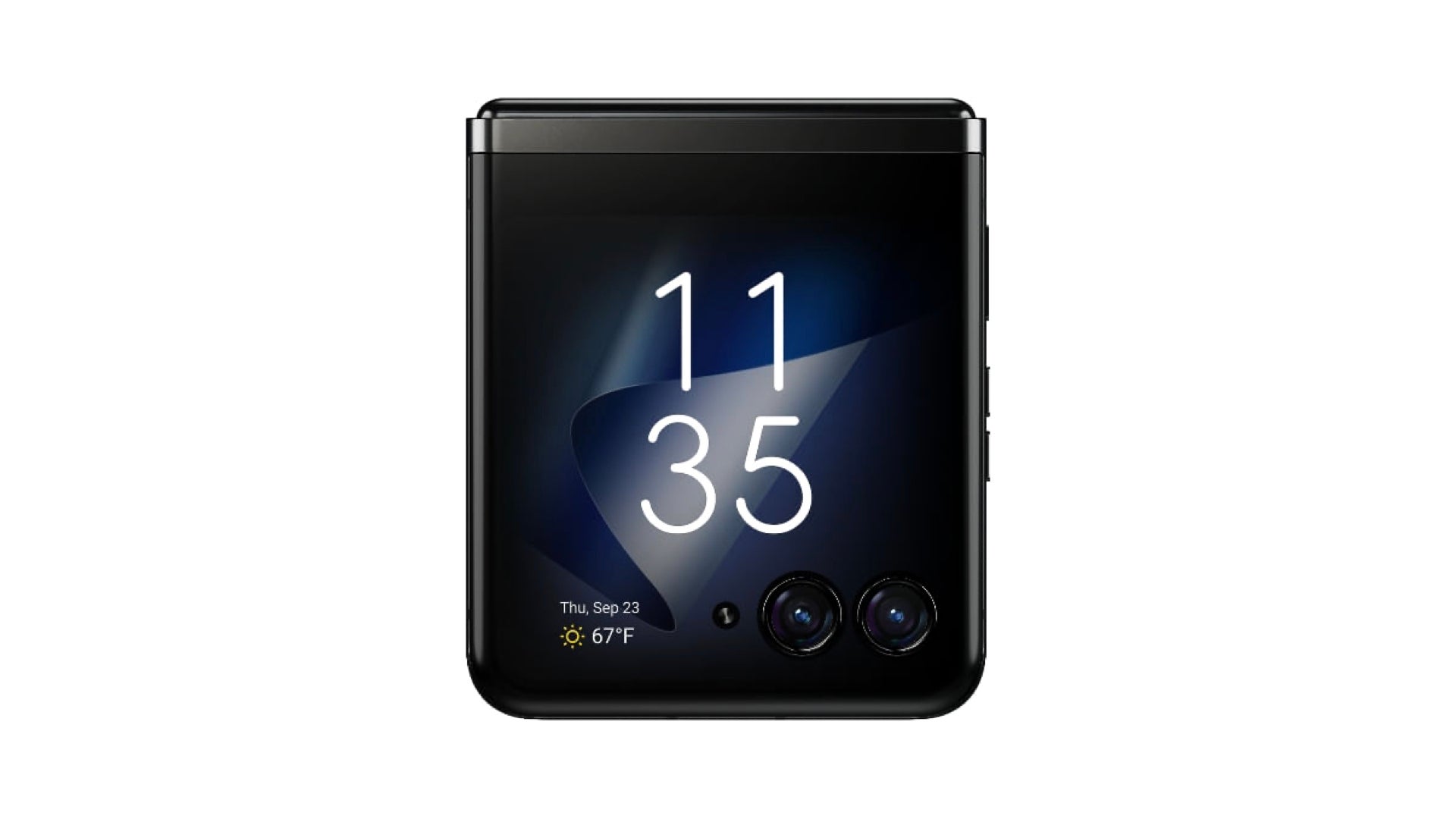
Moto Razr 40 Ultra, Image Credit - Evan Blass
That being said, the idea behind the naming remains the same. Essentially, the differences between the two foldables will be similar to the ones between your typical ‘Pro’ and vanilla devices from companies like Apple and OnePlus.
This means that Motorola will launch a premium Moto Razr 40 Ultra, targeting high-end users, and offering the best specs money can buy as well as a unique selling point (which we will get to later). Additionally, it will release a more budget-friendly, entry-level option that will be priced competitively and will lack at least one major feature.
This approach is nothing new in the world of smartphones, but it has never been done on the foldable market. There has never been such a thing as an ‘entry-level’ foldable - even the Flip retails at the price of an iPhone 14 Pro.

Galaxy Z Fold 4 & Galaxy Z Flip 4, Image Credit - Samsung
So far, every smartphone duo has consisted of two high-end foldables: a clamshell one, and a notepad-style one. Samsung has been sticking to this formula to great success and will continue to do so in 2023 with the Galaxy Z Fold 5 and Galaxy Z Flip 5. Oppo has done a similar thing with the Oppo Find N2 and the Oppo Find N2 Flip. But what is so special about Motorola’s approach?
Why not a Moto Razr Fold?
For all intents and purposes, Motorola could have launched a notepad-style foldable similar to the Galaxy Fold lineup. It would have not made much sense to brand it as a ‘razr’ device, but Motorola still could have done it under a different name.
Instead, we have two clamshell foldables. Now would be the time to look at the philosophy behind the foldable form factor. In a nutshell, it seeks to reconcile portability and productivity - to enable users to have as big a canvas as possible without any of the downsides associated with a larger footprint.
Notepad-style foldables take this idea to the extreme and seek to offer the best of both worlds by being a 2-in-1 smartphone/tablet hybrid device of sorts. This makes them much more ambitious, but also somewhat niche - not everyone can see a purpose in a smallish tablet.
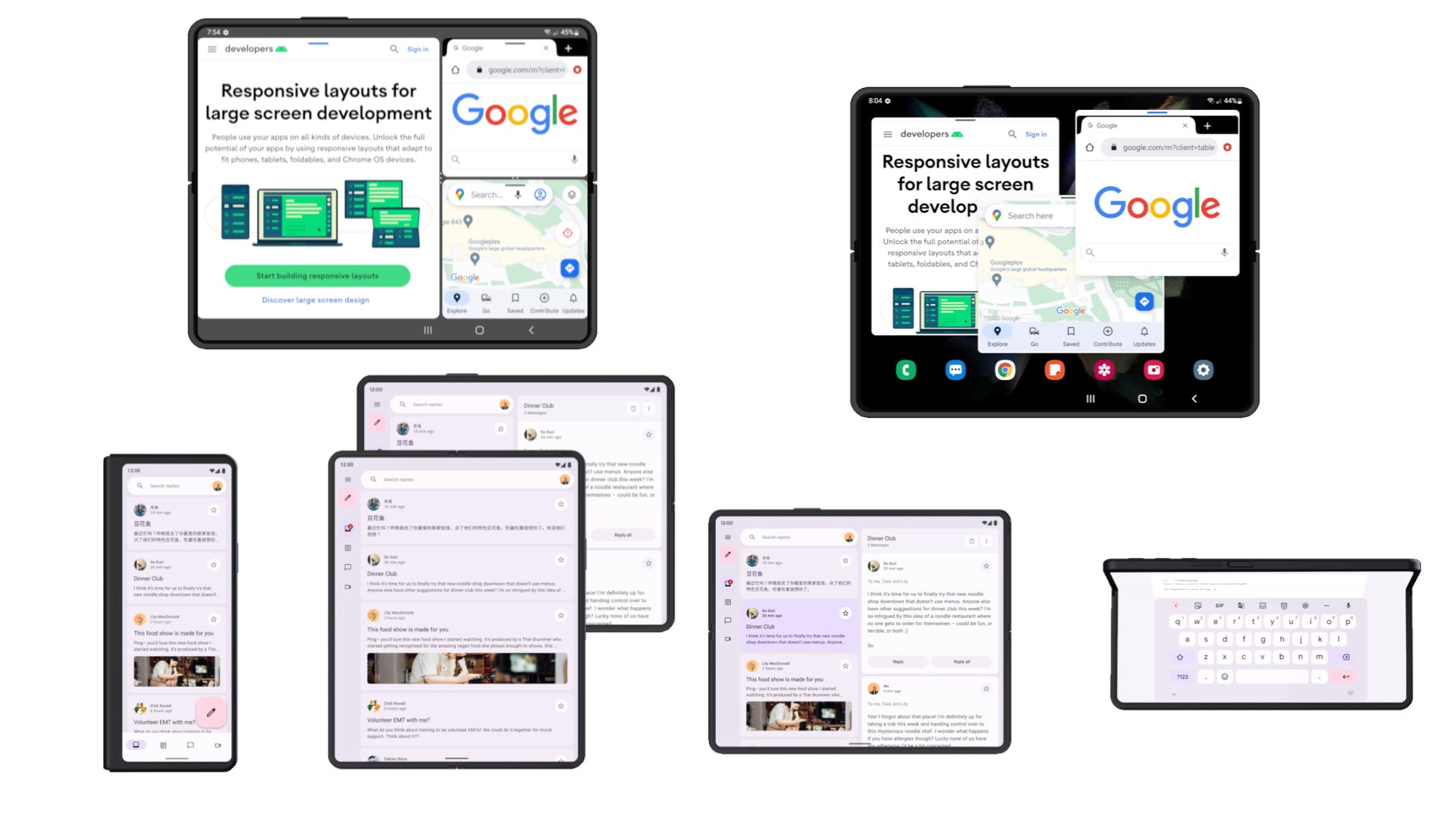
Android 12L, Image Credit - Google
Clamshell foldables on the other hand have no intention of being multifunctional devices. They are ultra-portable smartphones that get added points for style. On a more serious note, people often underestimate just how much appeal the foldable design has in a sea of candybar, mundane-looking smartphones.
Thus, clamshell foldables are stylish, novel, portable smartphones, which are (most importantly) much cheaper than their notepad-style counterparts. This is why they have much more potential to make the foldable form factor mainstream.
The Beginning of Entry-Level Foldables
Beyond a doubt, the biggest hurdle in the way of foldables going viral is their steep price tags. A lot more people would be willing to take the plunge and give foldables a chance if they did not have to spend upwards of $1000 in the process.
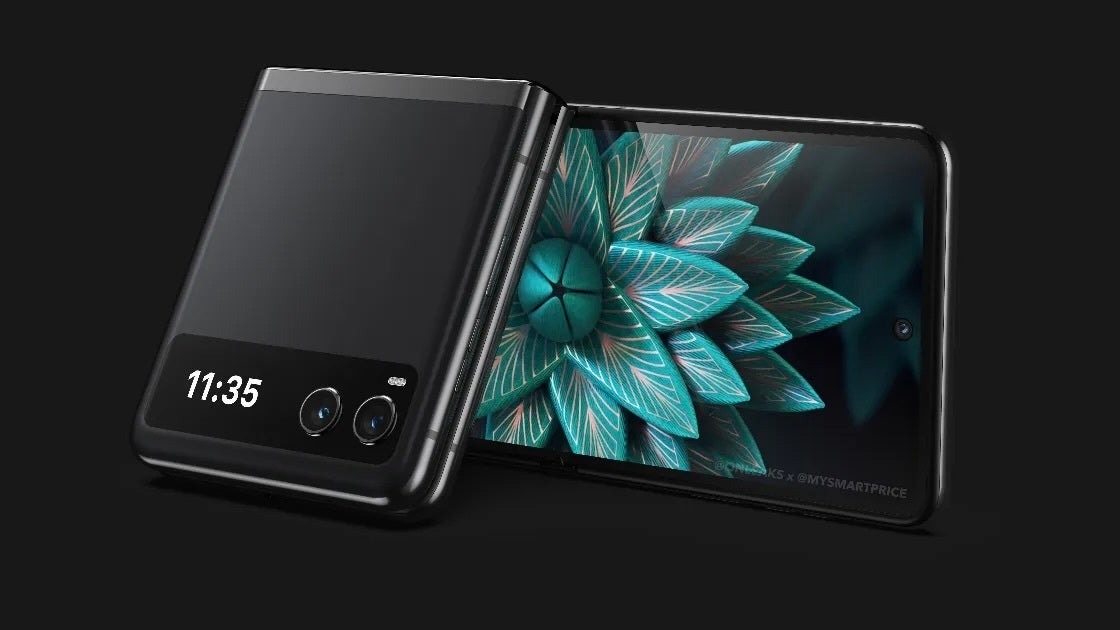
Moto Razr 40, Image Credit - @OnLeaks x @MySmartPrice
This is where the strategy of the king of foldables fails. Samsung has no such entry-level option to speak of. While there are rumors about a potential A-series Samsung foldable, they have yet to materialize. For the time being, if you want a foldable, you need to risk a hefty amount of money.
This is problematic because, firstly, foldables are not for everyone. There are many people that happily return their Galaxy Folds and replace them with a mundane iPhone. Secondly, most people that spend $1000+ on a smartphone expect it to last, and durability remains one of the biggest concerns when it comes to foldables. This is why the vanilla Moto Razr 40 is such a big deal and why I am personally looking forward to it.
The Moto Razr 40: A Mainstream Foldable?

Moto Razr 40, Image Credit - @OnLeaks x @MySmartPrice
While we still have no information on the pricing of the Moto Razr 40 and the Moto Razr 40 Ultra, we have good reason to believe that the latter will try to compete with the likes of the Samsung Galaxy Z Fold 5. Even if the Ultra does not undercut the Flip price-wise, we can safely assume that the price tag of the high-end Razr option will be in the $900-1100 range.
Without a doubt, Motorola will try to maintain a gap between the Ultra and the vanilla Razr smartphones. This means the standard version could retail for as little as $800. This is pure speculation at this point, but a $200 premium will maintain a healthy level of differentiation.
This means the choice will no longer be between, say, the premium iPhone 14 Pro and a foldable, but rather between a vanilla iPhone 14 or a Galaxy S23 and a foldable. The Moto Razr 40 will compete with a different set of smartphones. Granted, it will still remain on the expensive side, but the device could establish a precedent that can be further built upon in the future.
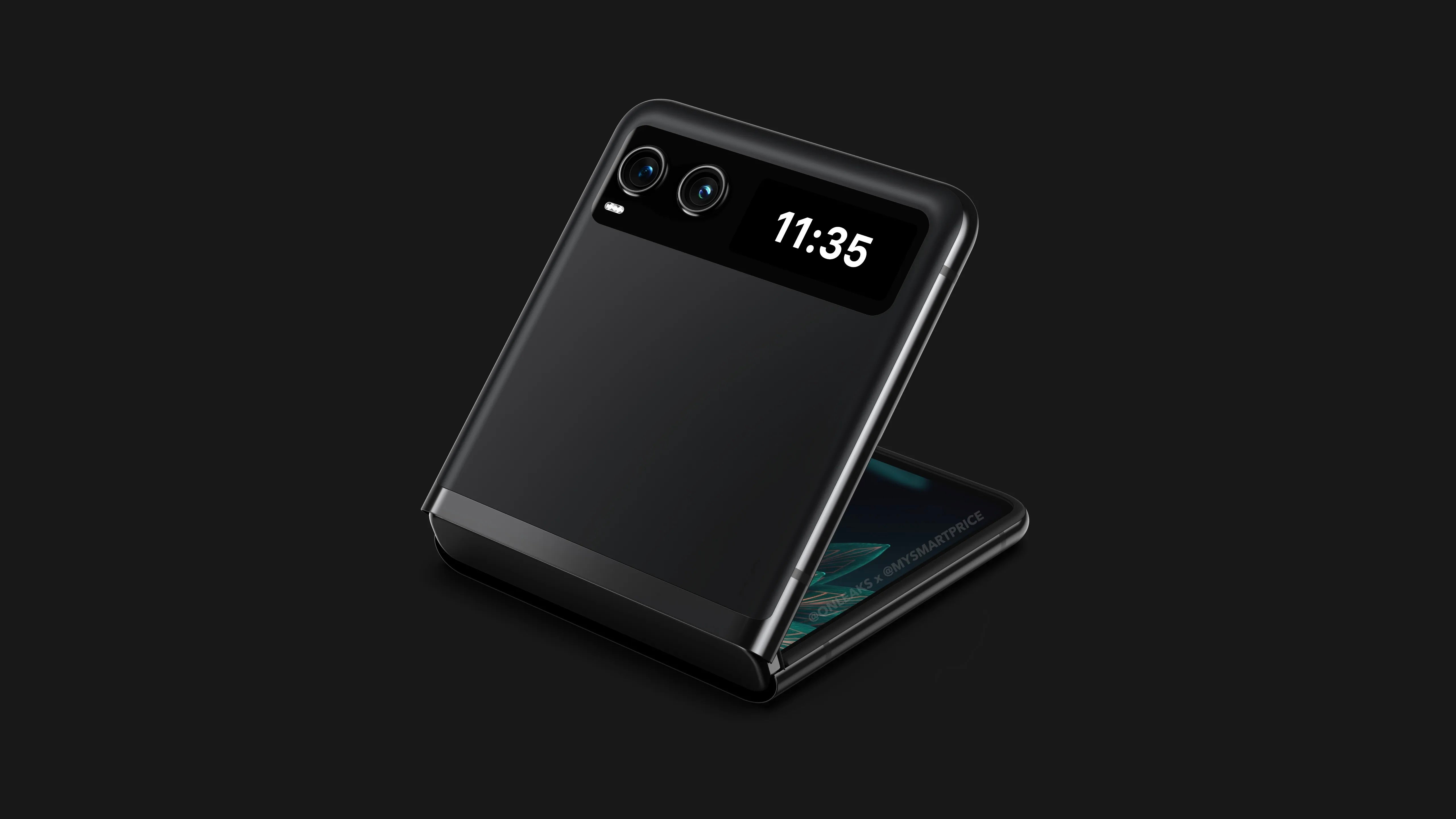
Moto Razr 40, Image Credit - @OnLeaks x @MySmartPrice
Another interesting way in which Motorola will be preserving a strict hierarchy between its foldables will be through the cover screen. The Ultra’s cover screen will be much bigger and functional, which will enable it to make the most out of its foldable form factor. This ensures users will still have a meaningful incentive to choose the Ultra over the standard Razr, which is not limited to specs alone.
Conclusion: Beyond the Premium Market
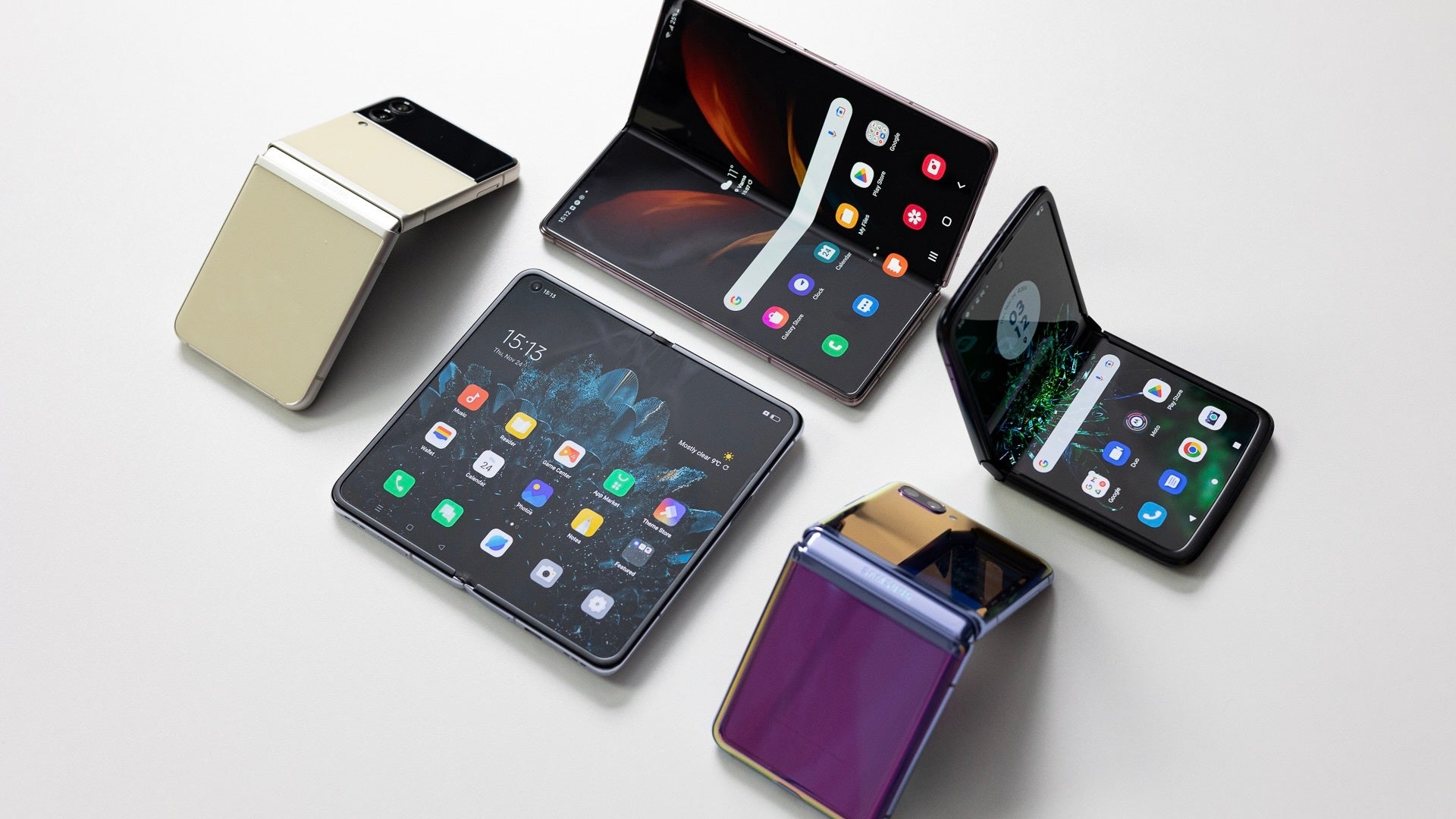
Foldables, Image Credit - PhoneArena
I understand that foldable technology is expensive by definition. However, it is not as costly as some would believe - Samsung’s Z series has substantially higher profit margins than Apple’s iPhones. Consequently, one of the main things keeping foldable prices high is not production costs, but rather competition.
However, that goes beyond making the Galaxy Z Fold and the Galaxy Z Flip better. They need to become less expensive as well. The Moto Razr 40 might prove that reasonably priced foldables are not as out of reach as Samsung would like us to believe. And price is what makes a device (or in this case, a form factor) mainstream.



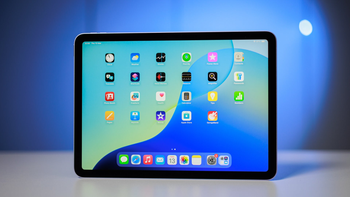
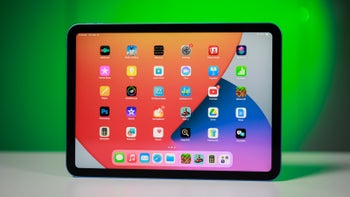
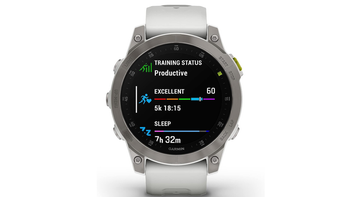
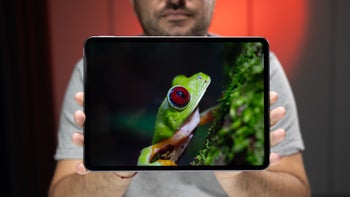


Things that are NOT allowed: